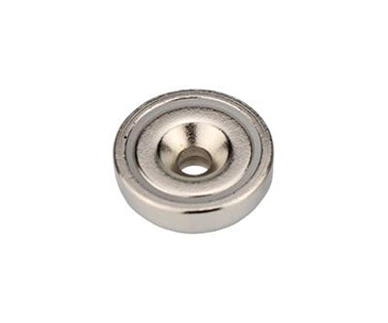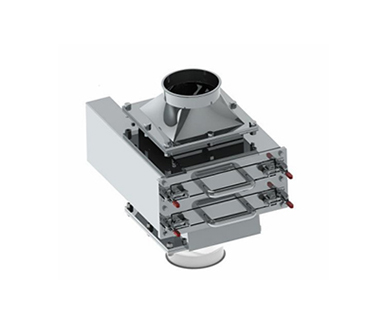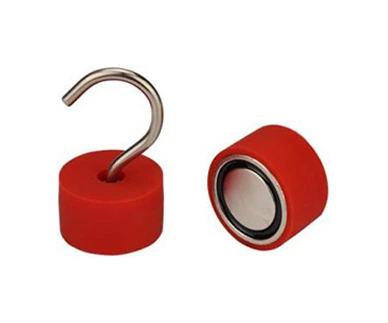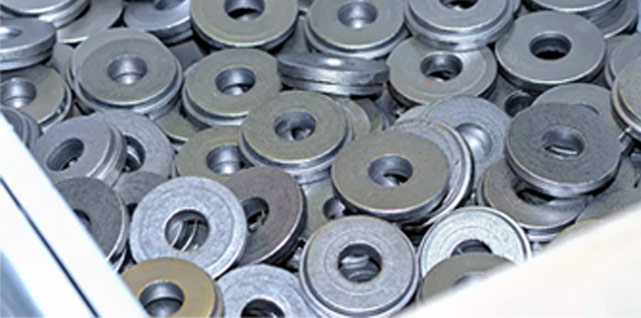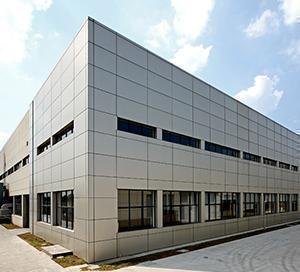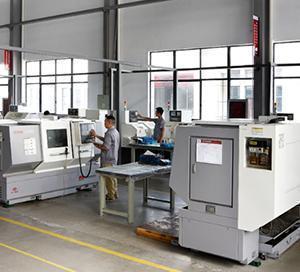Magnet grades are critical in determining the performance of permanent magnets for various applications, from industrial machinery to consumer electronics. At Souwest Magnetech, a trusted permanent magnet supplier, we offer a range of NdFeB grades, samarium cobalt magnet grades, and ferrite magnet grades to meet diverse industry needs. This guide explains magnet grades, their relationship to strength, and how to choose the right magnet for your application, highlighting why Souwest Magnetech is the go-to source for high-quality magnetic solutions.
What Are Magnet Grades?
Magnet grades are a standardized way to indicate the strength and performance of a permanent magnet. The grade reflects the Maximum Energy Product (BHmax), measured in Mega Gauss Oersteds (MGOe), which represents the strongest point on a magnet’s demagnetization curve (BH curve). Higher grades correspond to stronger magnets, but other factors like temperature resistance and application requirements also play a role.
For example, NdFeB grades at Souwest Magnetech range from N35 to N52, with numbers indicating increasing strength. A grade like N42 has a BHmax of approximately 42 MGOe, while N52 can reach up to 52 MGOe. The grade may also include a suffix, such as N42SH, where “SH” denotes high-temperature resistance (up to 150°C). Similarly, our samarium cobalt magnet grades (e.g., SmCo5, Sm2Co17) and ferrite magnet grades (e.g., Y30, Y35) offer specific performance characteristics tailored to different environments.
How Is Magnet Strength Measured?
Magnet strength is typically measured through pull force or magnetic field strength, depending on the application. At Souwest Magnetech, we provide detailed specifications to help clients select the right magnet grade for their needs.
Pull Force
Pull force measures the force required to separate a magnet from a ferromagnetic surface, such as a steel plate, expressed in pounds or Newtons. Our Pull Force Case 1 metric represents the force needed to pull a magnet directly away from a large, flat steel plate, providing a reliable benchmark for comparing magnet strength. For instance, an N52 NdFeB magnet from Souwest Magnetech can achieve significantly higher pull force than an N35 magnet of the same size, making it ideal for applications requiring maximum strength in a compact form.
Interestingly, the pull force between two touching magnets (Case 3) equals Pull Force Case 1, but at a distance, the combined force of two magnets can exceed that of a single magnet. Our online calculators help clients estimate pull forces for specific NdFeB grades and configurations.
Magnetic Field Strength
Magnetic field strength is measured in Gauss or Tesla (1 Tesla = 10,000 Gauss) at a specific point near the magnet’s surface. The surface field depends on the magnet’s grade, shape, size, and surrounding materials. For example, our NdFeB magnets in grade N52 have a Residual Flux Density (Br) of up to 14,800 Gauss, compared to 13,200 Gauss for N42. This makes N52 magnets ideal for applications like reed switches or Hall effect sensors, where precise magnetic field strength is critical.
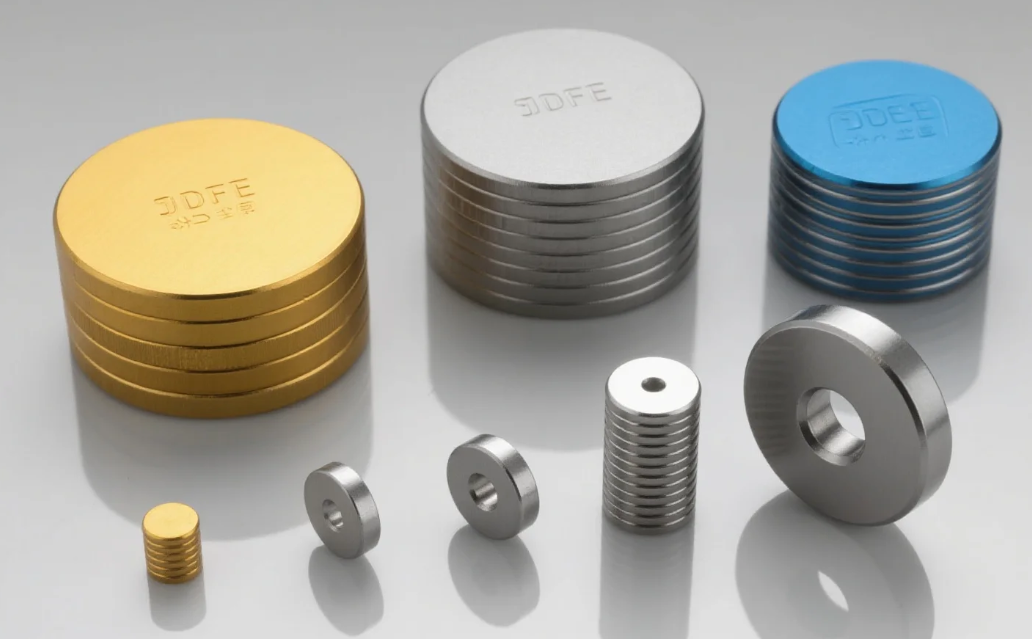
Magnet Grades and Their Significance
Magnet grades are composed of several components:
Material Type: The prefix indicates the magnet material, such as “N” for neodymium (NdFeB), “SmCo” for samarium cobalt, or “C” for ceramic (ferrite).
Strength (BHmax): The number (e.g., 42 in N42) represents the Maximum Energy Product in MGOe, indicating the magnet’s strength.
Temperature Resistance: Suffixes like “SH” or “UH” denote the maximum operating temperature before the magnet begins to lose magnetism. For example, N42SH NdFeB magnets from Souwest Magnetech withstand temperatures up to 150°C, while standard N42 magnets are limited to 80°C.
Our NdFeB grades include N35, N38, N42, N48, N50, and N52, with higher numbers offering greater strength. Samarium cobalt magnet grades, such as Sm2Co17, provide excellent high-temperature performance (up to 260°C), while ferrite magnet grades like Y35 are cost-effective for less demanding applications.
Choosing the Right Magnet Grade
Selecting the appropriate magnet grade depends on the application’s requirements:
High Strength: For maximum strength in a compact size at room temperature, choose NdFeB grade N52 from Souwest Magnetech. These magnets are ideal for magnetic separators, motors, and sensors.
Cost-Effectiveness: NdFeB grade N42 offers a balance of strength and affordability, suitable for applications like permanent magnet lifters or consumer electronics. A slightly larger N42 magnet can match the strength of an N52 magnet at a lower cost.
High-Temperature Environments: For temperatures between 60°C and 150°C, NdFeB grade N42SH or samarium cobalt magnet grades are recommended. SmCo magnets excel in aerospace and automotive applications due to their stability at high temperatures.
Budget Constraints: Ferrite magnet grades like Y30 or Y35 are economical for applications like refrigerator magnets or low-power motors where high strength is not critical.
Souwest Magnetech’s magnet specifications page provides detailed information on available grades, helping clients choose the optimal magnet for their needs.
Understanding Gauss and Magnet Strength
The term “Gauss” is often misused to describe a magnet’s overall strength, but it applies to specific measurements like Residual Flux Density (Br) or surface field. Br is the magnetic induction remaining in a saturated magnet after the magnetizing field is removed, a material property independent of shape. For example, our NdFeB grade N52 has a Br of 14,300–14,800 Gauss, while ferrite magnet grades typically range from 3,800–4,200 Gauss.
The surface field, measured at the magnet’s surface, varies with shape and size. For instance, a round rare earth magnet in N52 grade will have a higher surface field than a similarly sized N42 magnet. Souwest Magnetech provides precise surface field data to ensure compatibility with applications like sensors or magnetic switches.
Neodymium Magnets vs. Other Magnet Types
NdFeB magnets are the strongest permanent magnets available, with Maximum Energy Products ranging from 35 to 52 MGOe. Compared to other magnet types, they offer superior strength and coercivity:
Samarium Cobalt (SmCo): SmCo magnet grades (18–26 MGOe) are less powerful but excel in high-temperature environments (up to 260°C).
AlNiCo: With a BHmax of 5–8 MGOe, AlNiCo magnets are used in applications like guitar pickups due to their unique magnetic properties.
Ferrite (Ceramic): Ferrite magnet grades (3–4 MGOe) are cost-effective but significantly weaker, suitable for low-cost applications.
Flexible Magnets: With a BHmax of 0.6–1.2 MGOe, these are used in signage and displays.
Souwest Magnetech’s NdFeB grades provide unmatched strength for compact, high-performance applications like magnetic separators and electric motors.
Understanding BH Curves and Magnet Performance
The BH curve (hysteresis curve) defines a magnet’s magnetic properties by plotting the Induced Magnetic Field (B) against the Applied Magnetic Field (H). The Maximum Energy Product (BHmax) is the point where the product of B (in kiloGauss) and H (in kiloOersted) is maximized, indicating the magnet’s strength.
For example, an NdFeB grade N42 magnet has a BHmax of 42 MGOe, reflecting its high strength. The coercivity (Hc), where the induced field reaches zero, measures the magnet’s resistance to demagnetization. NdFeB magnets from Souwest Magnetech have high coercivity, making them resistant to external magnetic fields in demanding applications.
The BH curve also shows how a magnet behaves under different conditions. For instance, at elevated temperatures, NdFeB grade N42 may outperform N52 if the magnet is thin, as N42 retains strength better up to 80°C. Our technical resources provide detailed BH curve data to guide clients in selecting the right magnet grade.
Why Choose Souwest Magnetech?
Since 2003, Souwest Magnetech has been a leading permanent magnet supplier, offering NdFeB grades, samarium cobalt magnet grades, and ferrite magnet grades through our subsidiary, Mag Spring. Our custom rare earth magnets are tailored for industries like food processing, automotive, and electronics, ensuring high performance and competitive pricing.
Whether you need NdFeB grade N52 for maximum strength or SmCo magnets for high-temperature applications, Souwest Magnetech delivers magnetic solutions backed by advanced manufacturing and rigorous quality control. Visit https://www.magnetsw.com/ to explore our rare earth magnets wholesale options or request a quote for your specific needs. Choose Souwest Magnetech for reliable, high-quality magnets that power your innovations.
 English
English 日本語
日本語 한국어
한국어 français
français Deutsch
Deutsch Español
Español italiano
italiano русский
русский português
português العربية
العربية

